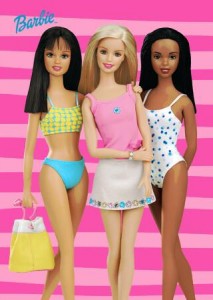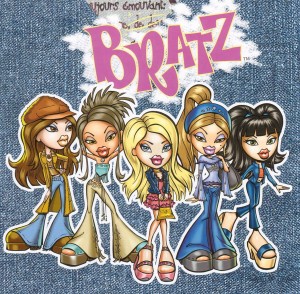Transformers: More Than Meets The Eye?
I did an investigation into Gary Cross’ claims against the “program- length- commercials” of the 80’s. Cross argues that the shows had nothing to teach children, and that they had no content relevant to helping children understand the “real world.” I watched an episode of Transformers from the 1980’s on YouTube. I could not find the exact date it aired, but did find that it was the 27th episode from the second season, titled “Golden Lagoon.” The way the show is formatted, a child has to follow the show almost religiously to stay on top of what is happening. Having jumped straight into the 27th episode, I found myself in the middle of a battle, not knowing who was good, and who was bad. The Autobots and Decepticons (I hope I’m spelling that right), are in the middle of battle, when one of them finds a pond full of a gold liquid called electrum that makes makes the Transformers invincible. The Decepticons get to the pond first, and have the upper hand, until the Autobots stealthily get to the pond as the electrum is wearing off for the Decepticons. The Autobots win the battle, and they celebrate in a destroyed forest as a result of the battle. There was no big mention of teamwork, or protecting the environment, or anything that could be remotely beneficial to a child’s learning experience while watching television. The only possibility would be that, if the Autobots are the “good guys,” that good always prevails, but that’s a stretch. From the episode I saw, Cross was correct in his criticism.







